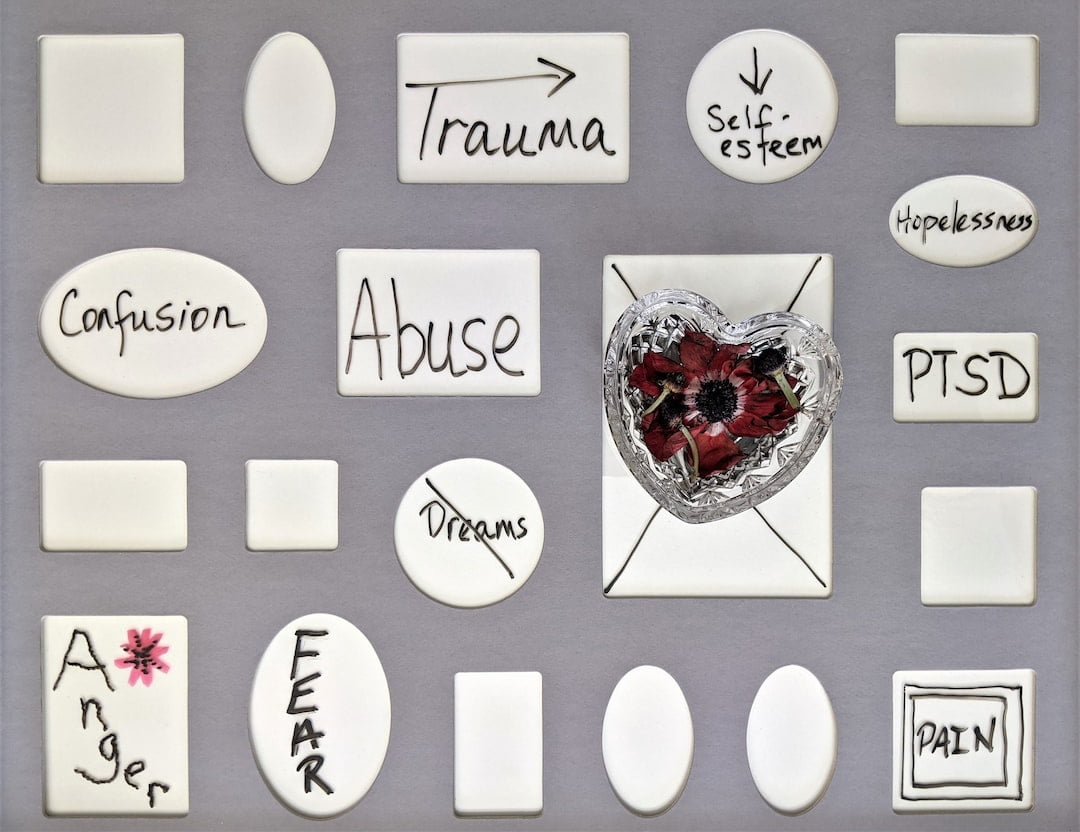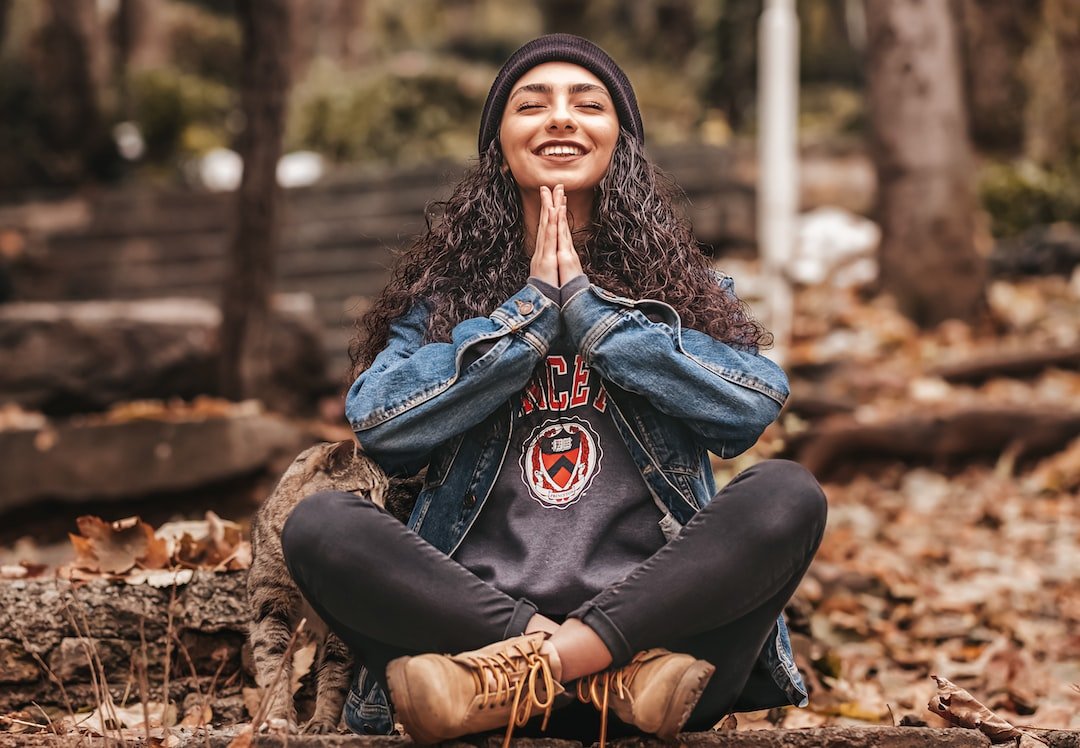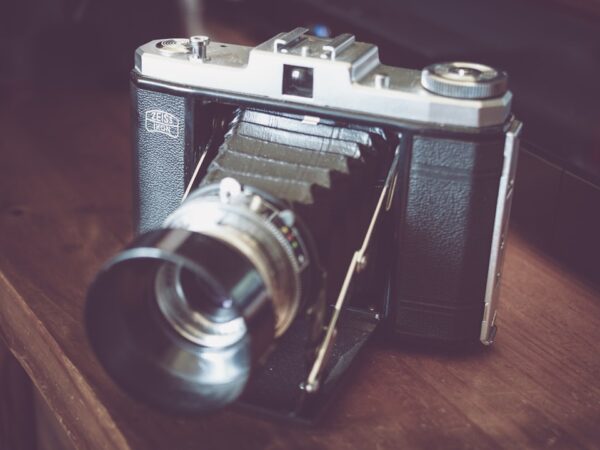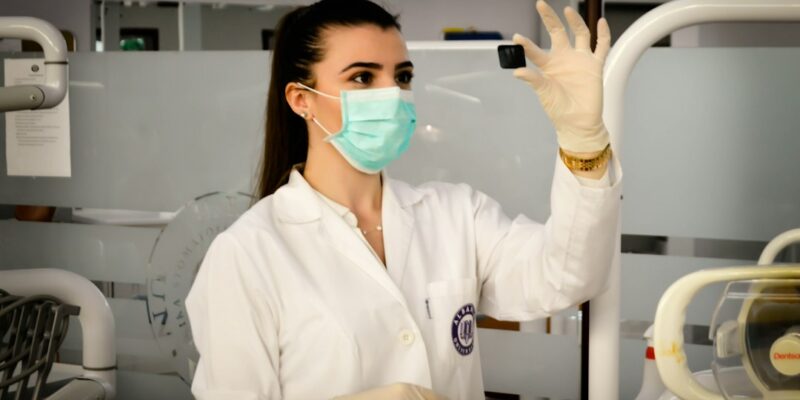
Exploring the Link Between Mental Health and Creativity: Unleashing the Power of the Mind
The relationship between mental health and creativity has long been a topic of interest and exploration. Many individuals have experienced the therapeutic benefits of engaging in creative activities, such as painting, writing, or playing music. This connection between creativity and mental health is not only important for individuals seeking personal growth and well-being, but also for professionals in the fields of psychology, art therapy, and creative arts.
Exploring the connection between mental health and creativity is crucial because it can provide insights into how creative activities can be used as a tool for improving mental health. By understanding this relationship, individuals can harness the power of creativity to enhance their overall well-being and lead more fulfilling lives.
Key Takeaways
- Creativity has a positive impact on mental health, including emotional regulation and stress reduction.
- The connection between mental illness and creative genius is a myth that has been debunked.
- Therapy can enhance creativity and mental health by providing tools and support.
- Mindfulness can cultivate inner peace and inspiration, leading to increased creativity.
- Art therapy is a powerful tool for promoting mental health and well-being.
The Benefits of Creativity on Mental Health: A Comprehensive Overview
Engaging in creative activities has been shown to have numerous positive effects on mental health. Creative expression allows individuals to express their emotions, thoughts, and experiences in a non-verbal way, which can be particularly beneficial for those who struggle with verbal communication or have difficulty expressing their emotions.
Research studies have consistently shown that engaging in creative activities can reduce stress, anxiety, and depression. For example, a study published in the Journal of Positive Psychology found that individuals who engaged in creative activities experienced a significant decrease in negative emotions and an increase in positive emotions.
There are many different types of creative activities that can benefit mental health. Painting, drawing, writing, playing music, dancing, and gardening are just a few examples. The key is to find an activity that resonates with you and allows you to express yourself freely.
The Connection between Mental Illness and Creative Genius: Debunking the Myth
There is a common stereotype that artists and creative geniuses are often plagued by mental illness. This stereotype has been perpetuated by popular culture and has led many to believe that mental illness is necessary for creativity.
However, research has shown that there is no direct correlation between mental illness and creativity. While it is true that some artists may have struggled with mental health issues, it is important to recognize that mental illness is not a prerequisite for creativity.
In fact, there are many successful artists who do not have mental health issues. For example, renowned painter Georgia O’Keeffe and musician Paul McCartney have both achieved great success in their respective fields without experiencing significant mental health challenges.
It is important to dispel the myth that mental illness is necessary for creativity because it can discourage individuals from pursuing their creative passions. By understanding that creativity can thrive in individuals with or without mental health issues, we can encourage a more inclusive and supportive environment for all creative individuals.
The Role of Therapy in Enhancing Creativity and Mental Health
| Metrics | Data |
|---|---|
| Number of therapy sessions attended | 10 |
| Self-reported level of creativity before therapy | 5/10 |
| Self-reported level of creativity after therapy | 8/10 |
| Number of new creative projects started during therapy | 3 |
| Number of creative projects completed during therapy | 2 |
| Self-reported level of mental health before therapy | 3/10 |
| Self-reported level of mental health after therapy | 7/10 |
| Number of coping mechanisms learned during therapy | 5 |
Therapy can play a crucial role in enhancing creativity and improving mental health. Therapists can help individuals tap into their creativity by providing a safe and supportive space for exploration and expression.
Different types of therapy can enhance creativity and mental health in different ways. For example, art therapy uses various art forms to help individuals express themselves and explore their emotions. This type of therapy can be particularly beneficial for individuals who struggle with verbal communication or have difficulty expressing their emotions.
Cognitive-behavioral therapy (CBT) is another type of therapy that can enhance creativity and mental health. CBT focuses on identifying and changing negative thought patterns and behaviors that contribute to mental health issues. By challenging negative beliefs and replacing them with more positive and empowering ones, individuals can free up mental space for creative thinking and problem-solving.
There are many success stories of individuals who have used therapy to improve their creativity and mental health. For example, a study published in the Journal of Affective Disorders found that individuals with depression who participated in art therapy experienced a significant reduction in depressive symptoms and an increase in self-esteem.
The Impact of Creative Expression on Emotional Regulation and Stress Reduction
Creative expression can have a profound impact on emotional regulation and stress reduction. Engaging in creative activities allows individuals to channel their emotions in a healthy and productive way, which can help regulate their emotions and reduce stress.
When individuals engage in creative activities, they are able to focus their attention on the present moment, which can have a calming effect on the mind and body. This can help individuals reduce stress and anxiety and promote a sense of relaxation and well-being.
Research studies have consistently shown that creative expression can have positive effects on emotional regulation and stress reduction. For example, a study published in the Journal of the American Art Therapy Association found that individuals who engaged in art therapy experienced a significant decrease in anxiety and an increase in positive emotions.
There are many different types of creative activities that can promote emotional regulation and stress reduction. Painting, drawing, writing, playing music, and dancing are just a few examples. The key is to find an activity that allows you to express yourself freely and provides a sense of joy and fulfillment.
The Link between Mindfulness and Creativity: Cultivating Inner Peace and Inspiration
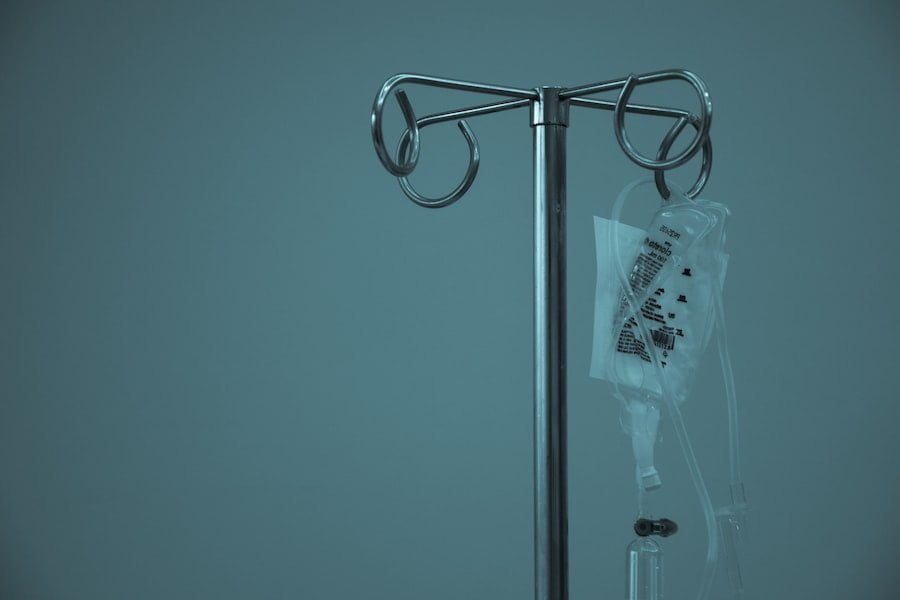
Mindfulness is another powerful tool that can enhance creativity. Mindfulness involves paying attention to the present moment without judgment, which can help individuals cultivate inner peace and inspiration.
When individuals practice mindfulness, they are able to quiet the mind and create space for new ideas and insights to emerge. This can be particularly beneficial for individuals who struggle with creative blocks or feel stuck in their creative process.
There are many mindfulness practices that can promote creativity. Meditation, deep breathing exercises, and mindful movement such as yoga or tai chi are just a few examples. These practices can help individuals cultivate a state of calmness and clarity, which can enhance their ability to tap into their creativity.
Research studies have shown that mindfulness can have positive effects on creativity. For example, a study published in the Journal of Experimental Psychology found that individuals who engaged in a brief mindfulness meditation exercise were more likely to generate creative ideas compared to those who did not engage in the exercise.
The Power of Art Therapy in Promoting Mental Health and Well-Being
Art therapy is a specialized form of therapy that uses various art forms to help individuals improve their mental health and well-being. Art therapists are trained professionals who use art as a tool for self-expression, exploration, and healing.
Art therapy can help individuals improve their mental health and well-being in many ways. It provides a safe and supportive space for individuals to express themselves and explore their emotions. Through the creative process, individuals can gain insight into their thoughts and feelings, develop coping skills, and find new ways of expressing themselves.
There are different types of art therapy that can be used to address specific mental health issues. For example, trauma-informed art therapy focuses on helping individuals heal from traumatic experiences. Expressive arts therapy combines different art forms, such as painting, writing, and movement, to help individuals explore their emotions and promote self-discovery.
There are many success stories of individuals who have used art therapy to improve their mental health and well-being. For example, a study published in the Journal of the American Art Therapy Association found that individuals with post-traumatic stress disorder (PTSD) who participated in art therapy experienced a significant reduction in PTSD symptoms and an increase in overall well-being.
The Intersection of Mental Health and Innovation: How Creativity Fuels Breakthroughs
Creativity plays a crucial role in innovation and breakthroughs. Many groundbreaking discoveries and inventions have been fueled by creative thinking and problem-solving.
When individuals tap into their creativity, they are able to think outside the box and come up with new ideas and solutions. This can lead to innovative breakthroughs in various fields, such as science, technology, and the arts.
There are many examples of successful innovations that were fueled by creativity. For example, the invention of the light bulb by Thomas Edison and the theory of relativity by Albert Einstein were both products of creative thinking and problem-solving.
Research studies have shown that creativity can have positive effects on innovation. For example, a study published in the Journal of Creative Behavior found that individuals who scored higher on measures of creativity were more likely to generate innovative ideas compared to those who scored lower on measures of creativity.
The Importance of Self-Care for Maintaining Creativity and Mental Health
Self-care is crucial for maintaining creativity and mental health. Taking care of oneself physically, emotionally, and mentally is essential for overall well-being and can help individuals maintain their creative spark.
Engaging in self-care practices can promote creativity and mental health in many ways. For example, getting enough sleep, eating a balanced diet, and exercising regularly can provide the physical energy and mental clarity needed for creative thinking.
Practicing self-compassion and setting boundaries can also help individuals maintain their creativity and mental health. By being kind to oneself and prioritizing self-care, individuals can prevent burnout and create a supportive environment for their creative pursuits.
There are many different self-care practices that can promote creativity and mental health. Taking breaks, spending time in nature, practicing mindfulness, and engaging in hobbies or activities that bring joy are just a few examples. The key is to find self-care practices that resonate with you and prioritize them in your daily life.
There are many success stories of individuals who have used self-care to maintain their creativity and mental health. For example, renowned author J.K. Rowling has spoken openly about the importance of self-care in her creative process and how taking care of herself physically and mentally has helped her stay inspired and motivated.
Harnessing the Synergy between Mental Health and Creativity for a Fulfilling Life
In conclusion, the relationship between mental health and creativity is a complex and multifaceted one. Engaging in creative activities can have numerous positive effects on mental health, including reducing stress, anxiety, and depression.
It is important to debunk the myth that mental illness is necessary for creativity and recognize that creativity can thrive in individuals with or without mental health issues. Therapy, mindfulness, art therapy, and self-care are powerful tools that can enhance creativity and improve mental health.
By harnessing the synergy between mental health and creativity, individuals can lead more fulfilling lives and tap into their full potential. Whether it’s through painting, writing, playing music, or engaging in any other creative activity, embracing creativity can be a transformative journey towards self-discovery, healing, and personal growth.
FAQs
What is mental health?
Mental health refers to a person’s overall psychological well-being. It includes the ability to manage emotions, cope with stress, maintain healthy relationships, and make decisions.
What is creativity?
Creativity is the ability to come up with new and original ideas, concepts, or solutions to problems. It involves using imagination, intuition, and divergent thinking.
How are mental health and creativity related?
Research suggests that there is a positive correlation between mental health and creativity. People who have good mental health tend to be more creative, and engaging in creative activities can improve mental health.
What are some creative activities that can improve mental health?
Creative activities that can improve mental health include writing, painting, drawing, playing music, dancing, and cooking. These activities can help reduce stress, improve mood, and increase self-esteem.
Can mental health issues hinder creativity?
Yes, mental health issues such as depression, anxiety, and bipolar disorder can hinder creativity. These conditions can make it difficult to focus, generate ideas, and complete creative projects.
How can mental health issues be managed to improve creativity?
Managing mental health issues involves seeking professional help, practicing self-care, and engaging in creative activities. Therapy, medication, exercise, and mindfulness practices can all help improve mental health and boost creativity.


